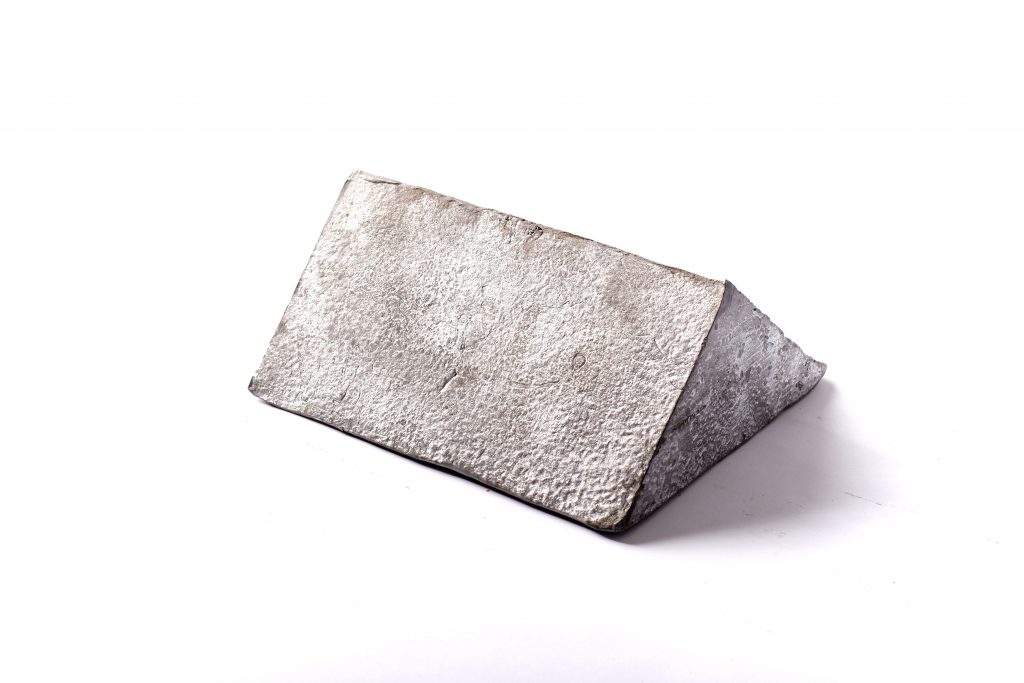Ballast lead is a type of lead used in ballast products, such as ballasts for lighting and electrical devices. Ballast lead is a soft lead alloy that is malleable and easy to work with. It is also highly conductive and has a low melting point. Ballast lead is used in a variety of applications, including electrical wiring, light fixtures, and transformers.
Why Is Ballast Lead Used in Ballast Products?
Ballast lead is used in ballast products because it is highly conductive and has a low melting point. This makes it ideal for use in electrical wiring, light fixtures, and transformers. In addition, ballast lead is easy to work with and malleable, making it easier to form and shape. Ballast lead is also relatively inexpensive, making it a cost-effective option for many applications.
What Are the Potential Health Risks of Ballast Lead?
Though ballast lead is used in a variety of applications, it can pose a health risk if it is not handled properly. The potential health risks of ballast lead include skin irritation, eye irritation, and breathing problems. In addition, long-term exposure to ballast lead can lead to more serious health problems, such as kidney and nerve damage. It is important to wear protective equipment and use safety protocols when handling ballast lead in order to reduce the risk of potential health problems.
What Are the Alternatives to Ballast Lead?
There are a number of alternative materials that can be used instead of ballast lead. Some of these alternatives include copper, aluminum, and stainless steel. Each of these materials has its own advantages and disadvantages, so it is important to consider the specific application when selecting a material. In addition, these alternative materials may be more expensive than ballast lead, so cost should be taken into consideration when making a selection.
Conclusion
Ballast lead is a soft lead alloy that is used in a variety of applications, such as electrical wiring, light fixtures, and transformers. Though it is cost-effective and easy to work with, ballast lead can pose a health risk if it is not handled properly. Alternatives to ballast lead, such as copper, aluminum, and stainless steel, can be used in some applications. It is important to consider the potential health risks and cost when making a selection.

